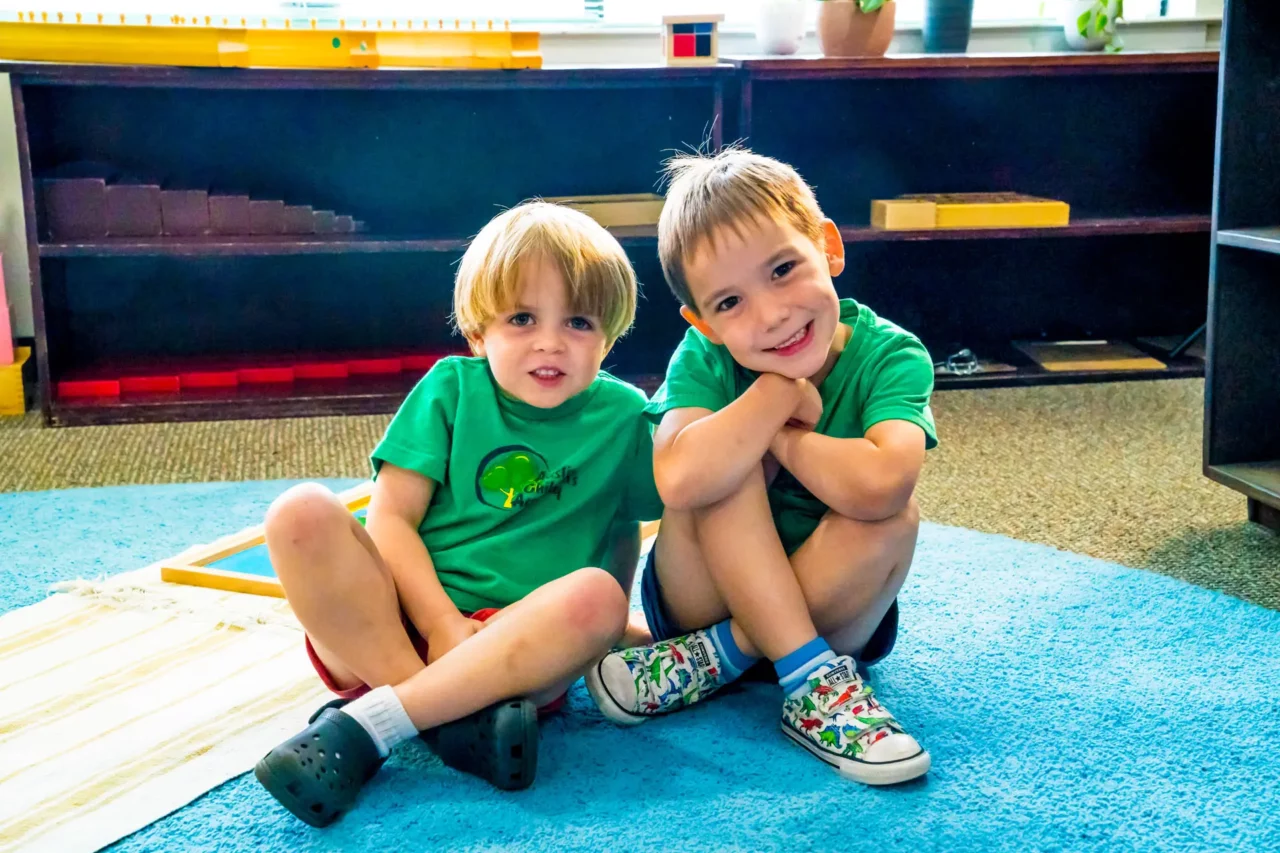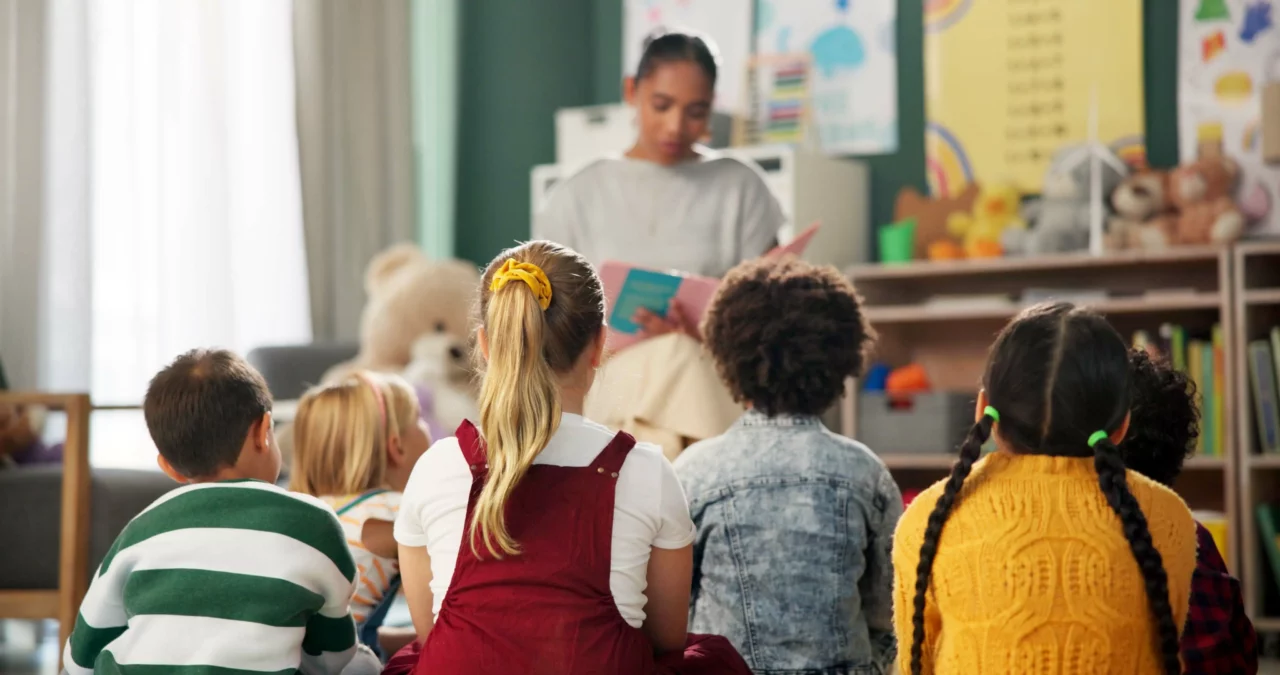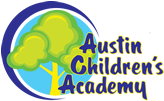
In a world where language and ideas can spread more quickly than ever before, there are innumerable advantages to learning multiple languages. In this blog post, we’ll delve into the benefits of bilingualism, focusing specifically on the advantages of teaching Spanish to children.
Beyond the ability to communicate with more people, being bilingual enhances cognitive skills, boosts academic performance, and promotes greater cultural awareness. Some studies have even shown that learning multiple languages helps improve an individual’s creativity and problem-solving skills as well.
Read on to discover how learning Spanish can set your child on a path to success.
Benefits of Bilingualism in Childhood Development
Being bilingual during childhood offers numerous advantages that extend far beyond language proficiency and comprehension. Learning another language enhances cognitive development by sharpening executive functions such as problem-solving, multitasking, and cognitive flexibility. Bilingual children often exhibit improved attention and a heightened ability to switch between tasks without losing focus.
Academically speaking, bilingualism has been linked to enhanced reading and writing skills and improved performance in subjects like math and science. Bilingual children also tend to demonstrate better metalinguistic awareness, enabling them to understand language structures more effectively.
As it relates to social and cultural benefits, bilingual education can foster greater cultural sensitivity, empathy, and a broader worldview. It allows children to connect with diverse communities, appreciate cultures different from their own, and build bridges of understanding.
Overall, being bilingual in childhood provides a multitude of developmental, academic, social, and cultural advantages, setting kids on a path to success in an increasingly globalized world.
The Bilingual Brain
In general terms, the bilingual brain is a marvel of adaptability and efficiency. Research has revealed fascinating insights into how it works and how it differs from monolingual brains. One prominent difference lies in the areas responsible for language processing. Bilingual individuals exhibit increased brain activity in regions associated with language control and executive functions, enabling them to manage and switch between multiple languages almost effortlessly.
Additionally, the brains of bilingual individuals often show structural and functional changes in areas related to cognitive control, such as the prefrontal cortex. This heightened control allows bilingual individuals to inhibit one language while using another, resulting in improved attention and task-switching abilities.
Studies also suggest that the bilingual brain exhibits higher levels of connectivity between different brain regions, facilitating greater communication and information-processing capabilities. Overall, the bilingual brain demonstrates impeccable plasticity and distinct patterns of neural activity.
Set Your Child Up for Success
Are you interested in embracing the power of bilingualism and unlocking endless opportunities for your child’s future? Of course you are! Few learning opportunities can provide this many benefits at such young ages, and many young language learners are able to retain information throughout their lives.
If you’re ready to share the myriad benefits of bilingualism with your child, schedule a tour with us and find out more about how you can put your child on a path to success. Learn how learning Spanish can give kids the tools they need to grow academically and as individuals.





